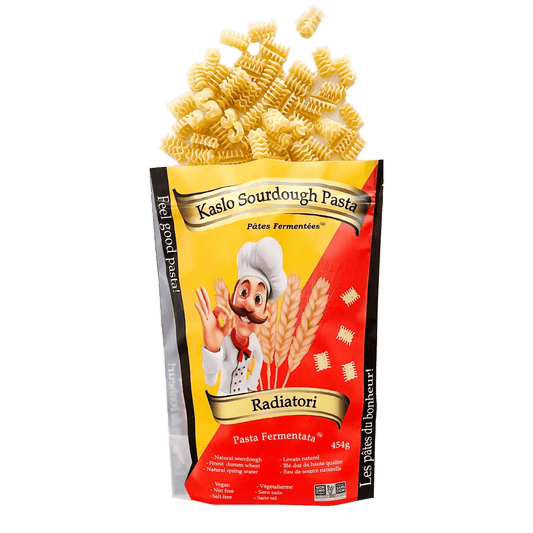Author: Chris Wormald
If you’re like me you’ve eaten lots of sourdough and not really understood what it’s all about. So here’s something that answers some of those questions. If you have more questions please let us know – we love it and while the taste drew us in, the health benefits keep us going.
In the world of baking, there's a special kind of magic that happens when flour, water, and time come together. This magic is known as sourdough. But what exactly is sourdough, and how does it differ from the familiar dough we use in everyday baking? Let's delve into the wonderful world of sourdough and uncover its secrets.
What is Sourdough?
Sourdough is a type of bread or dough made through the fermentation of naturally occurring yeast and bacteria. Unlike conventional bread dough, which typically relies on commercial yeast for leavening, sourdough harnesses the power of wild yeast and lactobacilli bacteria present in flour and the environment. This fermentation process gives sourdough its characteristic tangy flavor, chewy texture, and distinct aroma.
Sourdough also gets made into many other products. Check out our store HERE to pick up some amazing Sourdough pasta today!
How is Sourdough Different?
- Natural Leavening: The primary difference between sourdough and regular dough lies in the leavening agents. While commercial yeast provides a quick rise in conventional dough, sourdough relies on the slow and steady action of wild yeast and bacteria. This slower fermentation process not only imparts unique flavors but also enhances the nutritional profile of the bread by breaking down gluten and phytic acid.
- Complex Flavor Profile: Sourdough bread boasts a complex flavor profile that is hard to replicate with commercial yeast. The prolonged fermentation process allows for the development of various flavor compounds, resulting in a subtle tanginess and depth of flavor that evolves with each batch.
- Improved Digestibility: The fermentation process in sourdough not only enhances flavor but also improves digestibility. The presence of lactobacilli bacteria helps predigest starches and gluten, making sourdough easier to digest for many people who may have sensitivities to conventional bread.
- Longer Shelf Life: Due to its acidic nature and natural preservatives produced during fermentation, sourdough typically has a longer shelf life compared to bread made with commercial yeast. This means less waste and more enjoyment over time. We find that we can keep eating sourdough bread on our counter for well over a week.
Sourdough is much more than just bread; it's a time-honored tradition that celebrates the natural fermentation process. By understanding the differences between sourdough and regular dough, you can embark on a flavorful journey of bread baking that connects you to centuries of culinary heritage. So, the next time you knead a batch of dough, consider giving sourdough a try and experience the magic for yourself.
For Further Reading
MDPI: Sourdough Fermentation as a Tool to Improve the Nutritional and Health-Promoting Properties of Its Derived-Products
ResearchGate: Sourdough Fermentation as a Tool to Improve the Nutritional and Health-Promoting Properties of Its Derived-Products
The Ultimate Guide to Sourdough - All things Sourdough





